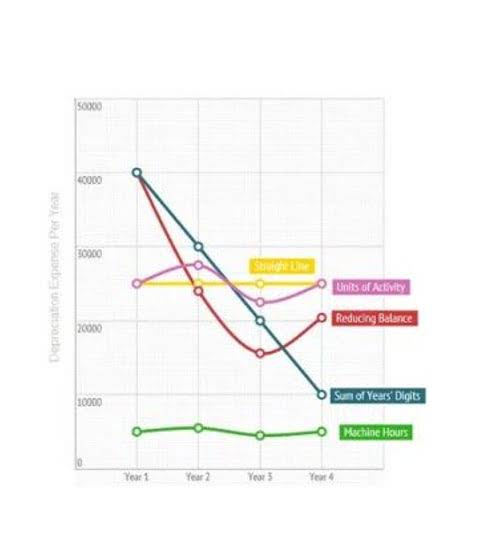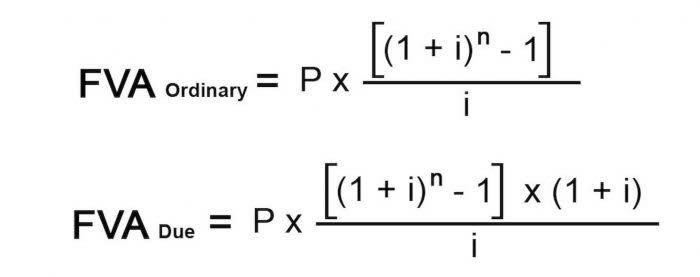
For smaller businesses, it might make sense to bypass the income summary account and instead close temporary entries directly to the retained earnings account. Our discussion here begins with journalizing and posting theclosing entries (Figure5.2). These posted entries will then translate into apost-closing trial balance, which is a trialbalance that is prepared after all of the closing entries have beenrecorded. On the statement of retained earnings, we reported the ending balance of retained earnings to be $15,190.
What Is an Accounting Period?
It is temporary because it lasts only for the accounting period. At the end of the accounting period, the balance is transferred to the retained earnings account, and the account is closed with a zero balance. For each temporary account there will be a closing journal entry. The balance in dividends, revenues and expenses would all be zero leaving only the permanent accounts for a post closing trial balance. The trial balance shows the ending balances of all asset, liability and equity accounts remaining.

Closing Entries FAQs
- At the core of this suite is the Financial Close Management solution, which simplifies and accelerates financial close activities, ensuring compliance and reducing errors.
- It is permanent because it is not closed at the end of each accounting period.
- Even then you can get a bit of help or an accountant to sort you out.
- Temporary account balances can be shifted directly to the retained earnings account or an intermediate account known as the income summary account.
- Do you want to learn more about debit, credit entries, and how to record your journal entries properly?
- Closing entries are crucial for maintaining accurate financial records.
All expense accounts are then closed to the income summary account by crediting the expense accounts and debiting income summary. In this example we will close Paul’s Guitar Shop, Inc.’s temporary accounts using the income summary account method from his financial statements in the previous example. Both closing entries are acceptable and both result in the same outcome. All temporary accounts eventually get closed to retained earnings and https://www.bookstime.com/ are presented on the balance sheet. Closing all temporary accounts to the retained earnings account is faster than using the income summary account method because it saves a step.

Temporary accounts:

The main change from an adjusted trial balance is revenues, expenses, and dividends are all zero and their balances have been rolled into retained earnings. We do not need to show accounts with zero balances on the trial balances. If the total debits and credits in your trial balance are the same, you’re ready to produce a balance sheet and income statement (also known as a “profit and loss report” or “P&L”). These reports can be generated automatically in your accounting software. They offer an overview of a business’s financial position at the end of the applicable accounting period, whether that’s the previous month or year. To ensure accuracy, it’s important to follow the correct format you can refer to our detailed guide Financial Statement Format to help you with this process.
- Regularly closing your books will prevent unwanted changes from occurring to your accounting data after you generate important financial reports for your accountant or tax professional.
- As a result, all temporary accounts will have data for the entire calendar year.
- Permanent accounts, such as asset, liability, and equity accounts, remain unaffected by closing entries.
- You will notice that wedo not cover step 10, reversing entries.
- If it all seems a bit complex or maybe you are a small business owner who takes on their own accounting, you may wonder if you really need to know closing entries in practice.
- You have also not incurred any expenses yet for rent,electricity, cable, internet, gas or food.
Everything to Run Your Business

We’ll use a company called MacroAuto that creates and installs specialized exhaust systems for race cars. Here are MacroAuto’s accounting records simplified, using positive numbers for increases and negative numbers for decreases instead of debits and credits in order to save room and to get a higher-level view. Adjusting entries are used to modify accounts so that they’re in compliance with the accrual concept of recording income and expenses. Now, the income summary account has a zero balance, whereas net https://x.com/BooksTimeInc income for the year ended appears as an increase (or credit) of $14,750.
- In essence, we are updating the capital balance and resetting all temporary account balances.
- The total of the income summary account after the all temporary accounts have been close should be equal to the net income for the period.
- Get started here if you want to speak to a professional about your business cash flow.
- An accounting period is any duration of time that’s covered by financial statements.
- Closing entries are a fundamental part of accounting, essential for resetting temporary accounts and ensuring accurate financial records for the next period.

Accounts are considered “temporary” when they only accumulate transactions over one single accounting period. Temporary accounts are closed or zero-ed out so that their balances don’t get mixed up with those of the next year. All closing entries of Paul’s revenue or income accounts are debited and credited to the income summary account. This resets the income accounts to zero and prepares them for the next year.
